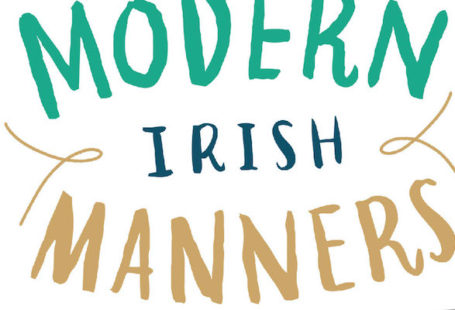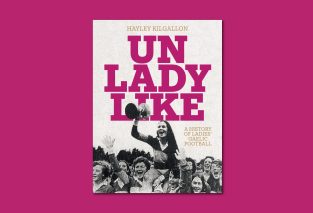The London Review of Books turned forty this year. For some twenty of those forty years I have been a subscriber—not just a subscriber, but the kind of fanatic who reads every issue cover to cover. The word “review” doesn’t quite capture the breadth of the articles in the LRB. Rather, the book under consideration is the launchpad for an extended essay on its subject, which might be the mechanics of high frequency trading or the nature of octopus consciousness or the poetry of Thom Gunn. Discussion of the book itself is often limited to a few dismissive comments in the final paragraph. This in turn provokes an aggrieved letter of response from the author who, despite being a fully grown intellectual, has yet to learn that the reviewer will always get the last word in the letter-column.
And then there are the long articles unattached to any book, that quite often turn into books themselves. Colm Tóibín’s pieces about the fathers of Joyce, Wilde, and Yeats, collected in Mad, Bad, Dangerous to Know. The pieces by Andrew O’Hagan on bitcoin, the dark web, and Julian Assange that make up The Secret Life. John Lanchester’s invaluable explanations of the global financial crisis that are the backbone of Whoops! Alan Bennett’s The Lady in the Van and The Uncommon Reader both appeared originally in the LRB. So did Jenny Diski’s memoirs of Doris Lessing, who took the fifteen-year-old Diski into her home when her parents would no longer take care of her, warily titled In Gratitude.
To mark the London Review’s 40th anniversary, Faber & Faber (themselves celebrating their 90th) have published An Incomplete History. A hefty coffee table book, it’s a fascinating miscellany of notes, memoirs, ephemera. Among other things, I learned that the first of those long pieces was an exposé of the framing of the Guildford Four by Ronan Bennett. And that the LRB is set in Quadraat, designed by Fred Smeijers, who considers it a showcase for his best-known font. The book features reproductions of handwritten letters from Seamus Heaney, Bruce Chatwin, and Edward Said, the marked-up typescripts of articles by Christopher Hitchens and Oliver Sacks. And dozens of covers, every one of which will trigger memories in long-standing readers. I can’t, hand on my heart, claim that it’s a book for everybody, but to an LRB fan it’s a goldmine.







Recent Comments